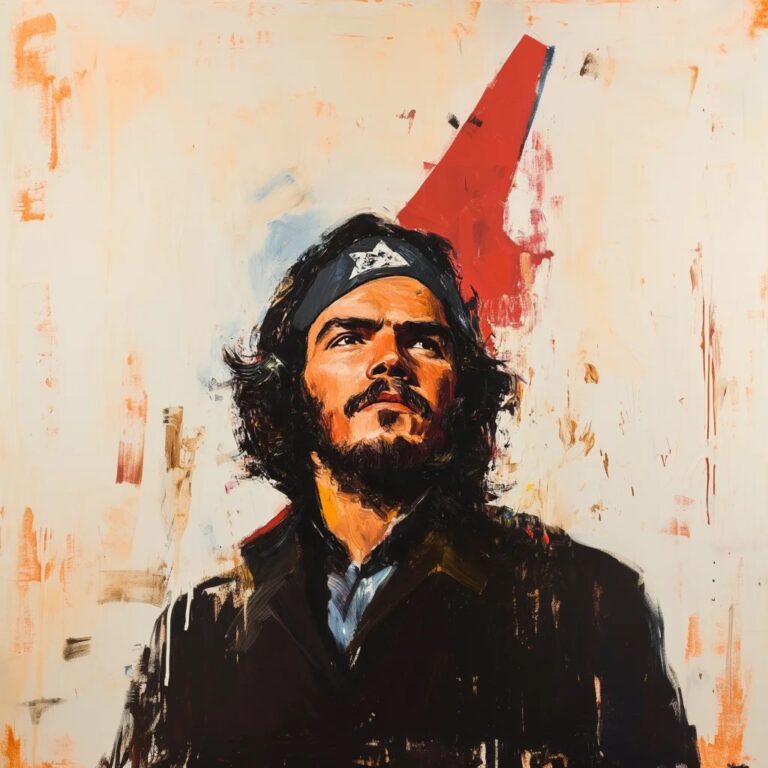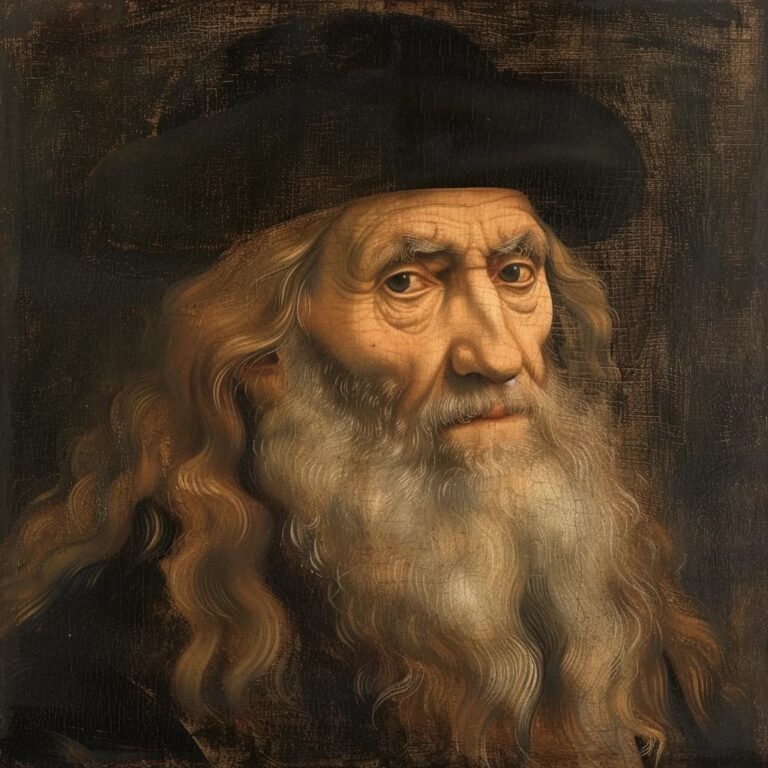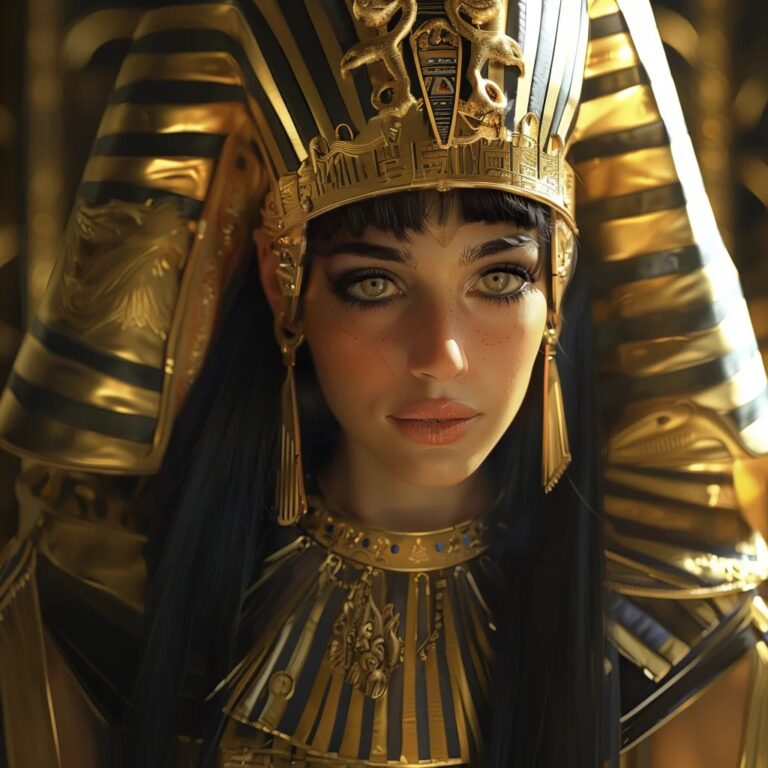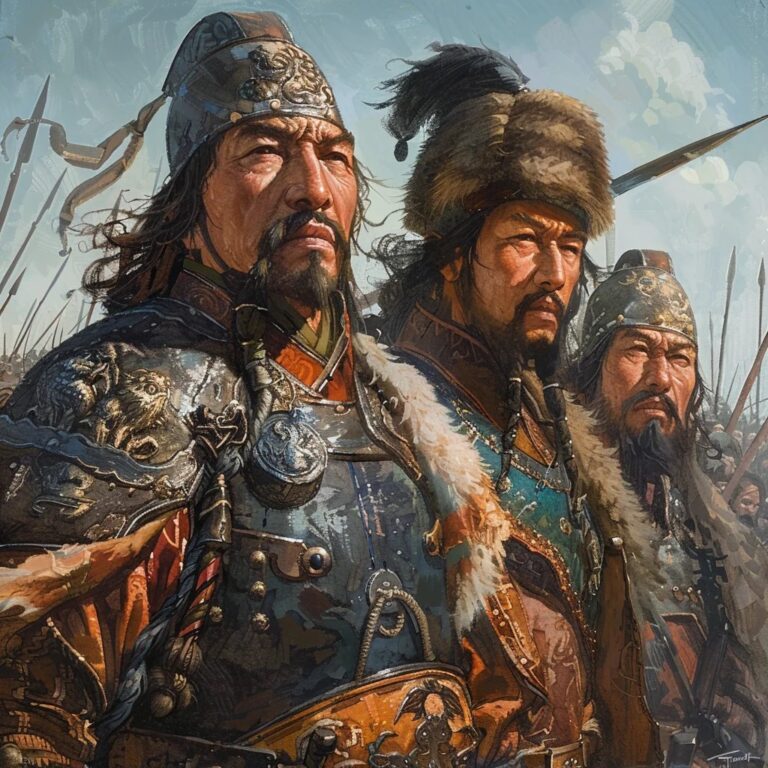Che Guevara was born on June 14, 1928, in Rosario, Argentina, as Ernesto Guevara.
He earned a medical degree from the University of Buenos Aires in 1953.
Guevara's radicalization began during his travels across Latin America, where he witnessed widespread poverty and inequality.
He met Fidel Castro in Mexico City in 1955 and joined the 26th of July Movement, which aimed to overthrow Cuban dictator Fulgencio Batista.
Guevara played a crucial role in the Cuban Revolution, leading guerrilla troops in battles that eventually led to Batista's downfall in 1959.
After the revolution, Guevara held several key positions in the Cuban government, including Minister of Industry and President of the National Bank.
He authored the manual 'Guerrilla Warfare,' which became a guide for revolutionary movements around the world.
Guevara left Cuba in 1965 to incite revolutions in other countries, including the Congo and Bolivia.
He was captured by the Bolivian army with the assistance of the CIA and executed on October 9, 1967.
Che Guevara's iconic photograph, taken by Alberto Korda, has become a symbol of rebellion and is widely reproduced on posters, T-shirts, and other merchandise.
He was known for his strong anti-imperialist stance and his efforts to promote socialism and Marxism globally.
Guevara was fluent in Spanish, French, and had knowledge of several other languages.
He believed in the concept of the 'New Man,' a socialist ideal focused on selflessness, moral integrity, and collective well-being.
Guevara's remains were discovered in a mass grave in Bolivia in 1997 and were reburied in a mausoleum in Santa Clara, Cuba.
Despite his controversial legacy, Che Guevara remains an enduring figure in popular culture, representing both revolutionary fervor and the complexities of armed struggle.



